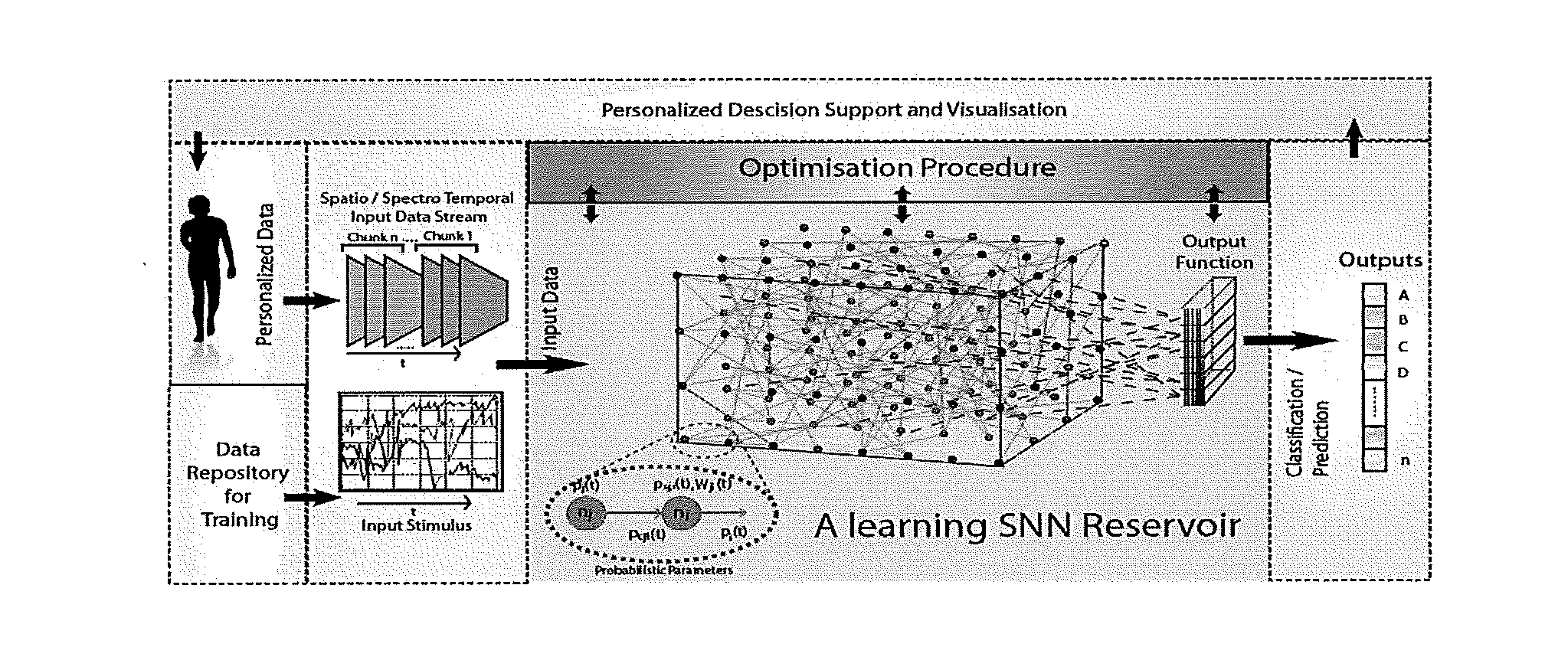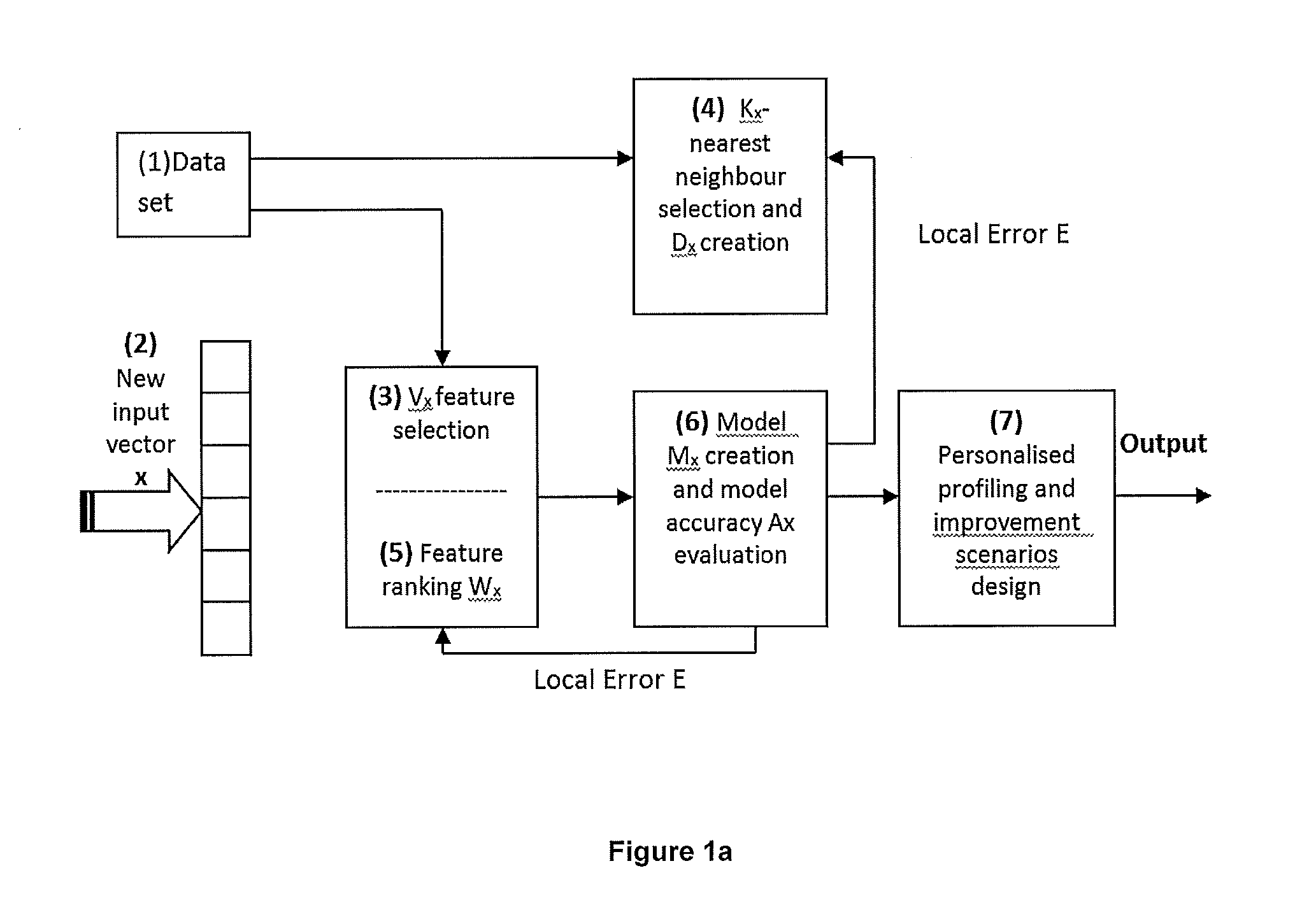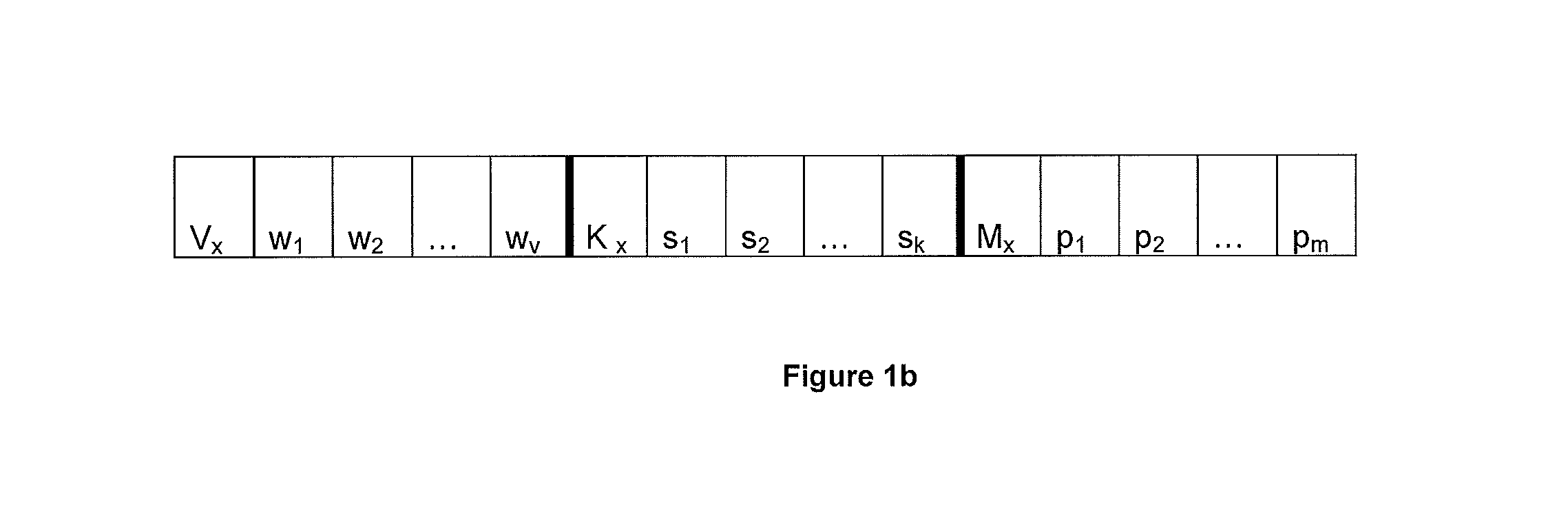Improved Method And System For Predicting Outcomes Based On Spatio/Spectro-Temporal Data
a spatio-spectro-temporal data and outcome technology, applied in the field of improved methods and systems for predicting outcomes based on spatio-spectro-temporal data, can solve the problems of lack of efficient methods for modelling such data, inability to work on spatio-temporal data for an early classification of outputs resulting from spatio-temporal patterns of data
- Summary
- Abstract
- Description
- Claims
- Application Information
AI Technical Summary
Benefits of technology
Problems solved by technology
Method used
Image
Examples
Embodiment Construction
Summary
[0112]The present invention involves novel developments over the prior art in order to use temporal or spatio- / spectro temporal data (SSTD) for an early classification of outputs that are results of spatio-temporal patterns of data. Classification models according to preferred embodiments of the invention are based on spiking neural networks (SNN), suitable to learn and classify SSTD, rather than on classifiers that classify static, vector-based data as it is in WO 2010 / 044683.
[0113]The present invention can be used to predict early events in many applications, for example engineering (surveillance for crime prediction and prevention; cyber security), bioinformatics (gene expression and protein folding), neuroinformatics (EEG, fMRI) and its application for Brain Computer Interfaces (BCI) neurorehabilitation, predicting response to treatment of neurological disease; predicting progression of brain disease, such as Alzheimer's Disease; ecology (predicting establishment of speci...
PUM
 Login to View More
Login to View More Abstract
Description
Claims
Application Information
 Login to View More
Login to View More - R&D
- Intellectual Property
- Life Sciences
- Materials
- Tech Scout
- Unparalleled Data Quality
- Higher Quality Content
- 60% Fewer Hallucinations
Browse by: Latest US Patents, China's latest patents, Technical Efficacy Thesaurus, Application Domain, Technology Topic, Popular Technical Reports.
© 2025 PatSnap. All rights reserved.Legal|Privacy policy|Modern Slavery Act Transparency Statement|Sitemap|About US| Contact US: help@patsnap.com



